Protect Prairie Potholes and Streams
We may never again know the Prairies as they once were: vast, living carpets of green and gold, speckled with wildflowers, inhabited by millions of birds and beasts, punctuated by countless potholes and slow-moving streams that meandered across the land.
Prairie wetlands and streams still provide food and shelter for one of the most diverse communities of wildlife on the planet. Deer use shoreline shrubs as cover, waterfowl nest in upland grasses, weasels hunt along the edges of water bodies, and flycatchers streak above cat-tails in pursuit of wetland insects.
But vast stretches of native grasslands have vanished under the farmer’s plow or developer’s bulldozer, along with two-thirds of potholes. Many prairie streams have been straightened to prevent floods or to irrigate crops. And cattle have destroyed shorelines by grazing vegetation to the ground, trampling banks, and fouling water with their waste. The following projects will help you protect wetlands and streams on prairies and in other rural areas.
Promote Shoreline-friendly Cows and Crops
Most farmers and ranchers know the value of healthy shorelines and clean water, not only for wildlife but also for cows and crops. But often a wetland or stream is the sole source of water for livestock, and growing crops to the water’s edge is more profitable, in the short run, than planting a buffer strip.
Promote the coexistence of wildlife and agriculture. Start a rural awareness campaign to keep shoreline health in people’s minds, while ensuring sustainable agriculture.
- Persuade landowners to set aside wetlands and streams as protected wildlife habitat. Most waterfowl breed on private farmland, and many migratory birds could not survive without rural wetlands as stopover sites.
- Promote cropland conservation techniques that help farmers protect naturally vegetated banks, preventing the run-off of fertilizers and pesticides into water bodies and minimizing damage to wildlife habitat.
- Urge ranchers to fence off fragile wetlands and watercourses to exclude cattle or allow only limited access to shorelines. Enhance the habitat value of fences by turning them into living fence rows.
- Inform ranchers about alternative water-delivery systems, like wind-, stream- and solar-powered pumps, which enable cattle to stay on dry land. Recommend alternative grazing sites on higher ground away from shorelines.
- Volunteer to help farmers and ranchers plant shoreline buffer strips at least 10 m wide to prevent bank erosion and to protect water bodies from agricultural run-off. See Restore a Ribbon of Life.













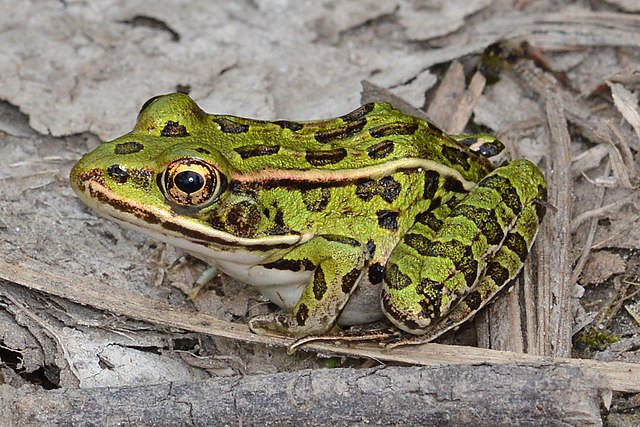
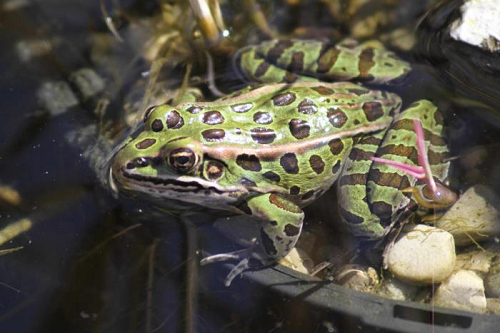
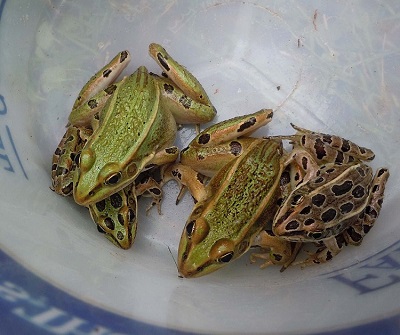


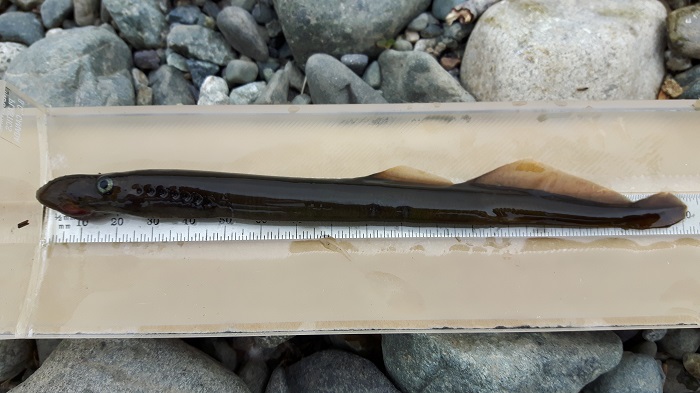








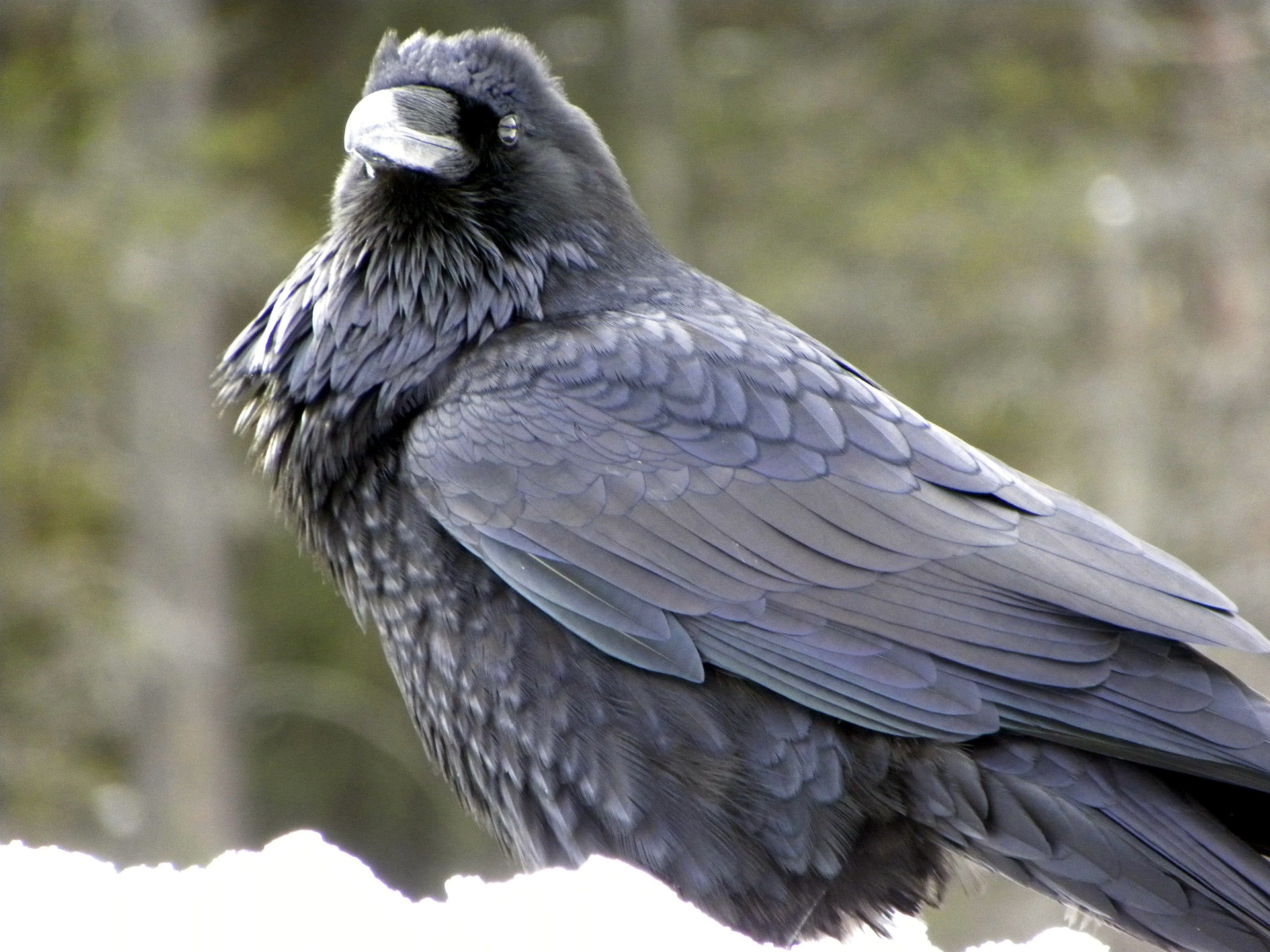

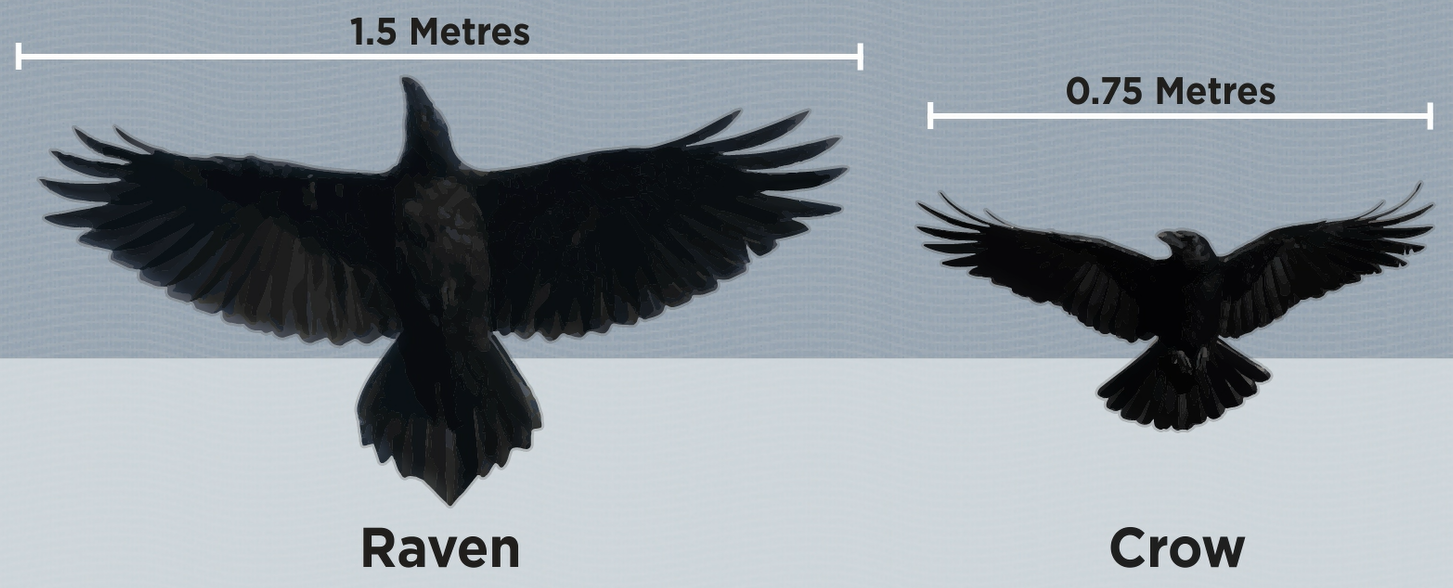
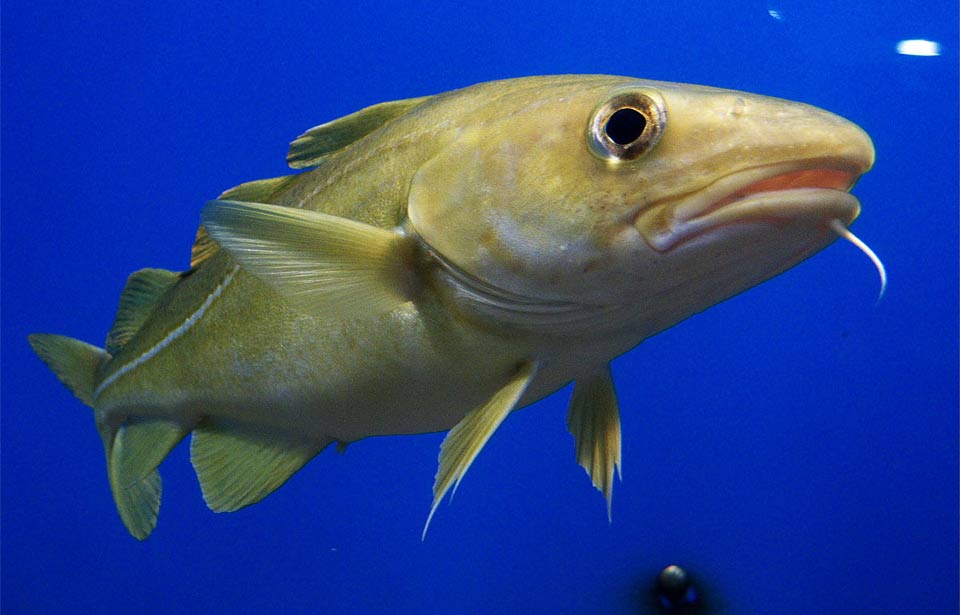
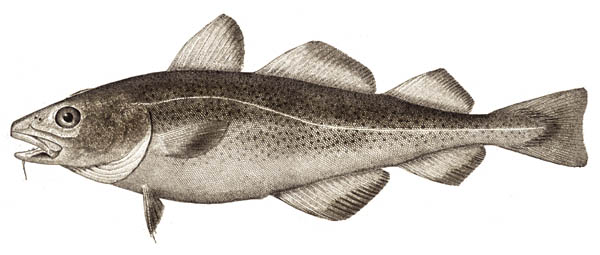 The Atlantic Cod (Gadus morhua) is a medium to large saltwater fish: generally averaging two to three kilograms in weight and about 65 to 100 centimetres in length, the largest cod on record weighed about 100 kg and was more than 180 cm long! Individuals living closer to shore tend to be smaller than their offshore relatives, but male and female cod are not different in size, wherever they live.
The Atlantic Cod (Gadus morhua) is a medium to large saltwater fish: generally averaging two to three kilograms in weight and about 65 to 100 centimetres in length, the largest cod on record weighed about 100 kg and was more than 180 cm long! Individuals living closer to shore tend to be smaller than their offshore relatives, but male and female cod are not different in size, wherever they live.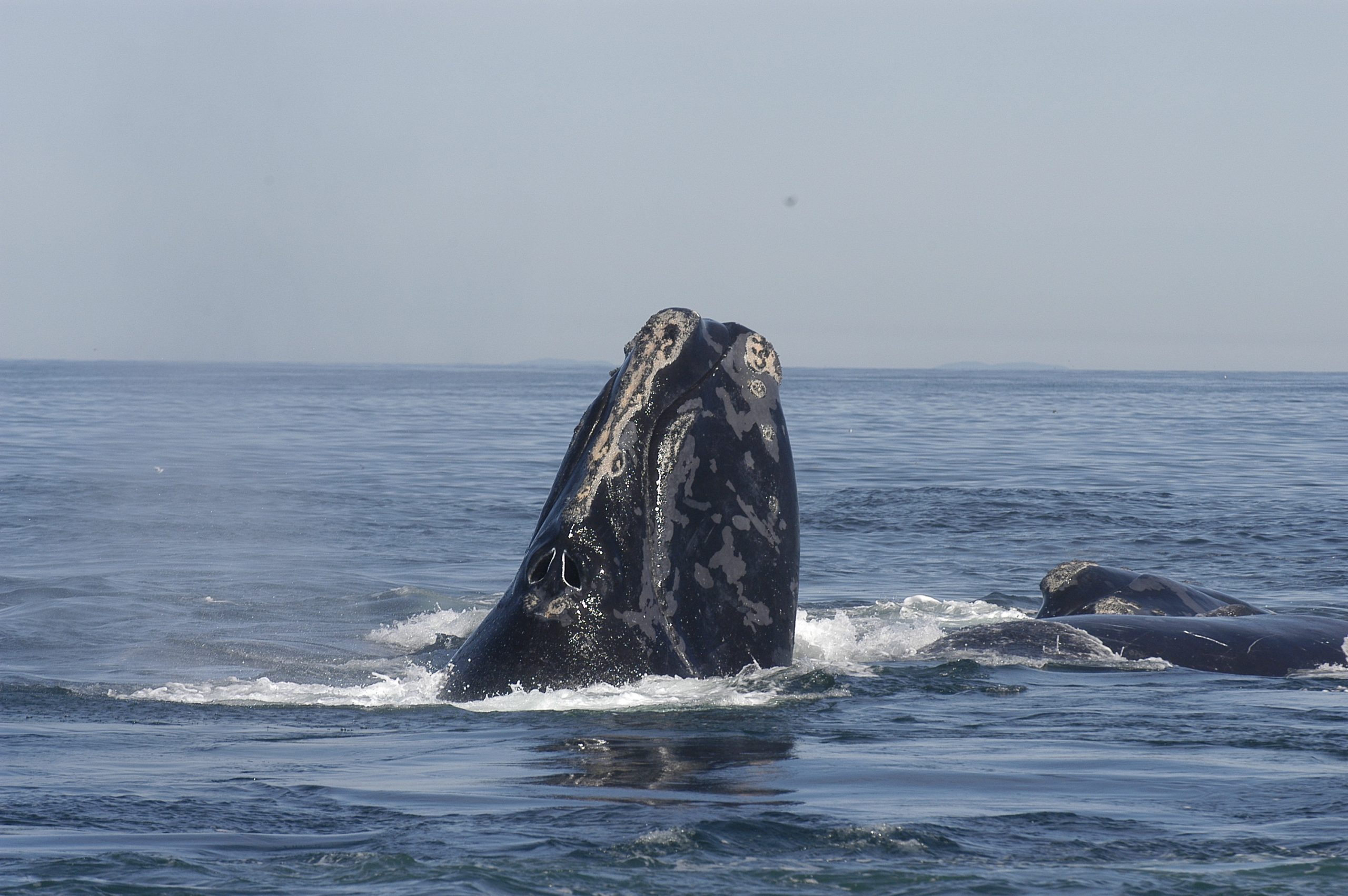
 The North Atlantic Right Whale (Eubalæna glacialis) is one of the rarest of the large whales. It can weigh up to 63,500 kilograms and measure up to 16 metres. That’s the length of a transport truck and twice the weight! Females tend to be a bit larger than males – measuring, on average, one metre longer. Considering its weight, it’s fairly short, giving it a stocky, rotund appearance. Its head makes up about a fourth of its body length, and its mouth is characterized by its arched, or highly curved, jaw. The Right Whale’s head is partially covered in what is called callosities (black or grey raised patches of roughened skin) on its upper and lower jaws, and around its eyes and blowhole. These callosities can appear white or cream as small cyamid crustaceans, called “whale lice”, attach themselves to them. Its skin is otherwise smooth and black, but some individuals have white patches on their bellies and chin. Under the whale’s skin, a blubber layer of sometimes more than 30 centimetres thick helps it to stay warm in the cold water and store energy. It has large, triangular flippers, or pectoral fins. Its tail, also called flukes or caudal fins, is broad (six m wide from tip to tip!), smooth and black. That’s almost the same size as the Blue Whale’s tail, even though Right Whales are just over half their size. Unlike most other large whales, it has no dorsal fin.
The North Atlantic Right Whale (Eubalæna glacialis) is one of the rarest of the large whales. It can weigh up to 63,500 kilograms and measure up to 16 metres. That’s the length of a transport truck and twice the weight! Females tend to be a bit larger than males – measuring, on average, one metre longer. Considering its weight, it’s fairly short, giving it a stocky, rotund appearance. Its head makes up about a fourth of its body length, and its mouth is characterized by its arched, or highly curved, jaw. The Right Whale’s head is partially covered in what is called callosities (black or grey raised patches of roughened skin) on its upper and lower jaws, and around its eyes and blowhole. These callosities can appear white or cream as small cyamid crustaceans, called “whale lice”, attach themselves to them. Its skin is otherwise smooth and black, but some individuals have white patches on their bellies and chin. Under the whale’s skin, a blubber layer of sometimes more than 30 centimetres thick helps it to stay warm in the cold water and store energy. It has large, triangular flippers, or pectoral fins. Its tail, also called flukes or caudal fins, is broad (six m wide from tip to tip!), smooth and black. That’s almost the same size as the Blue Whale’s tail, even though Right Whales are just over half their size. Unlike most other large whales, it has no dorsal fin.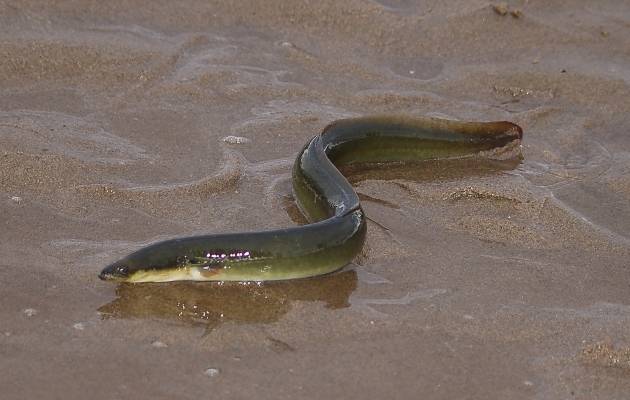
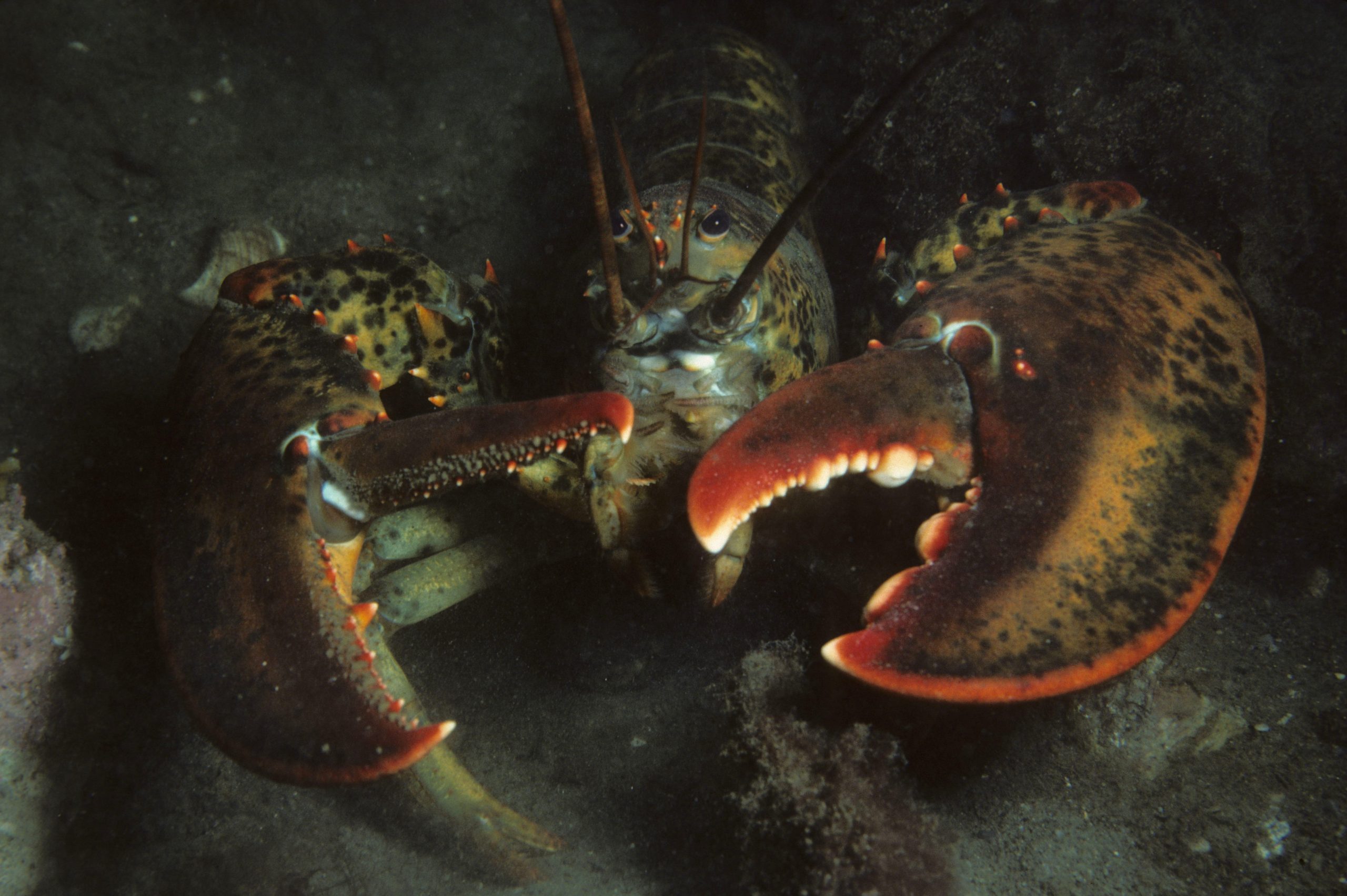


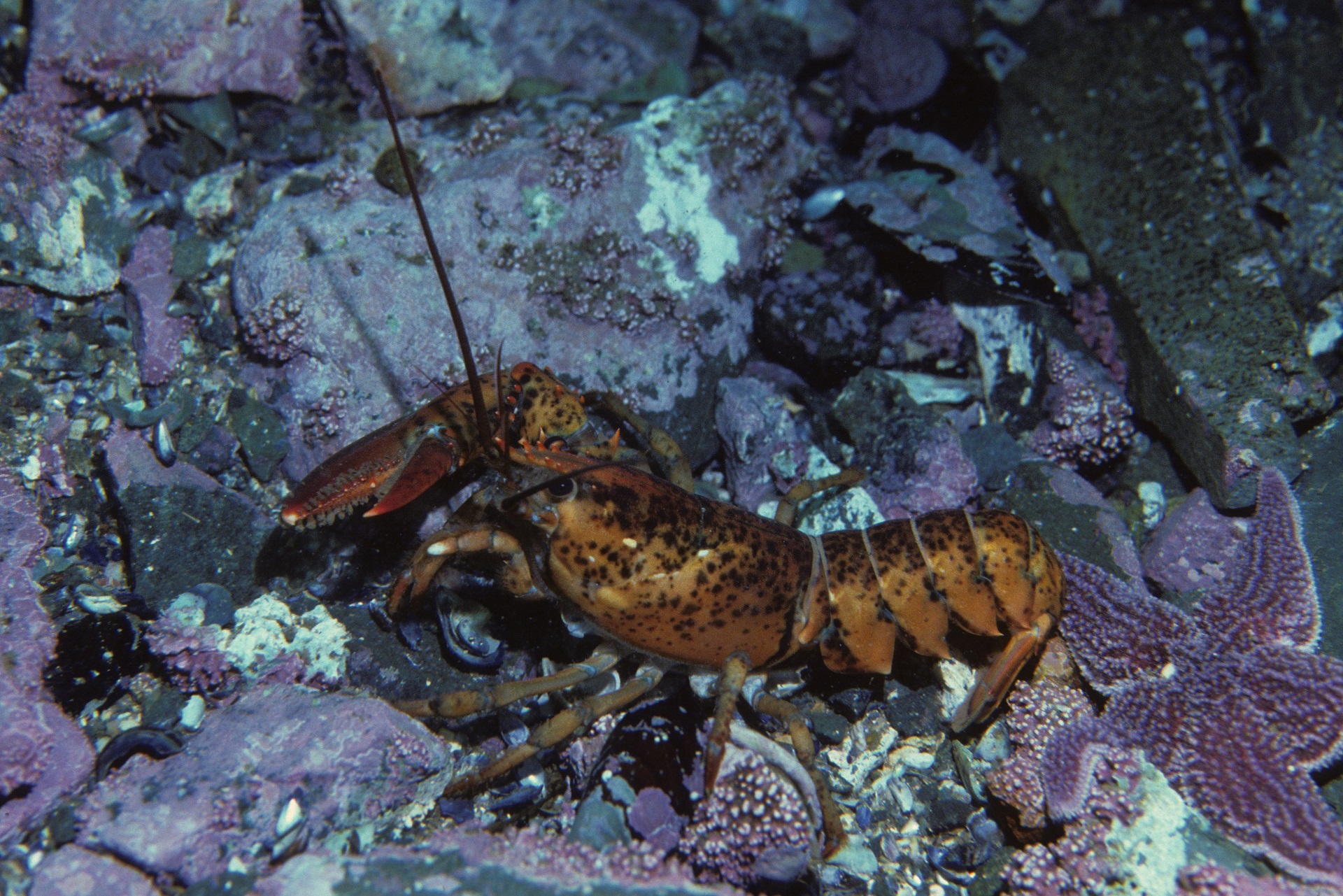
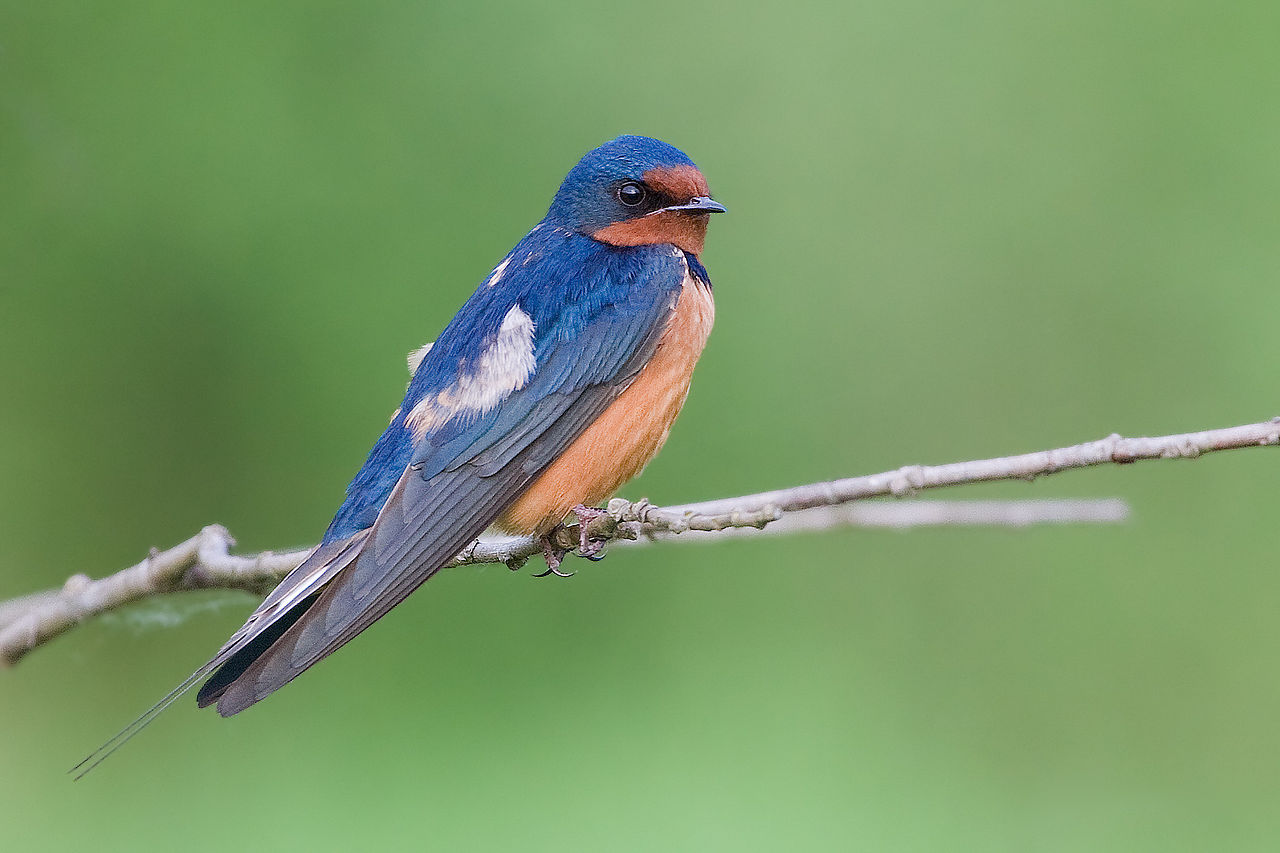

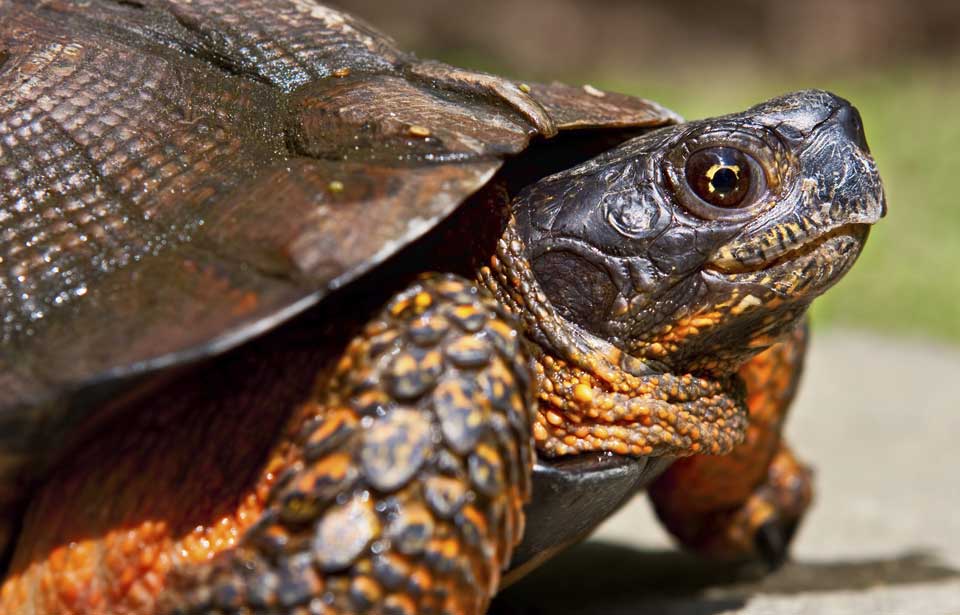
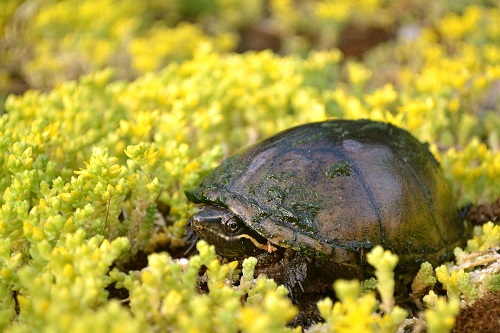

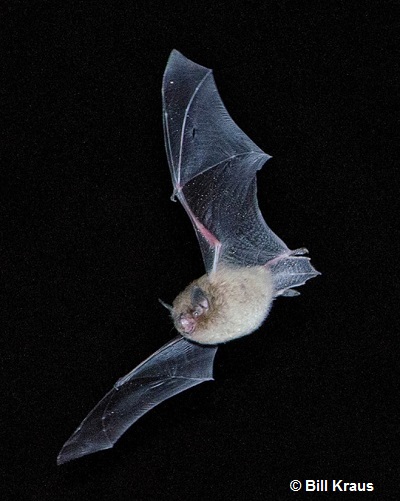

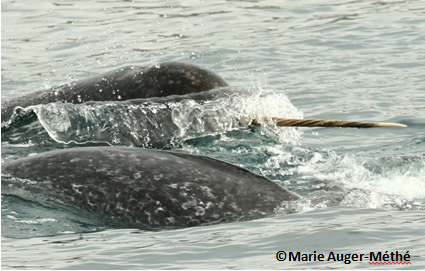
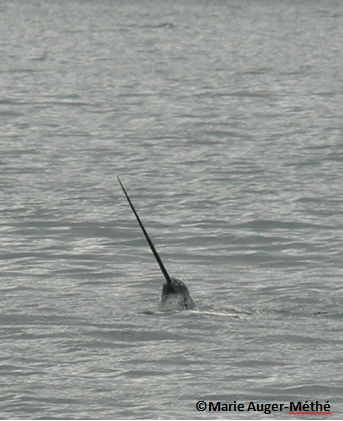
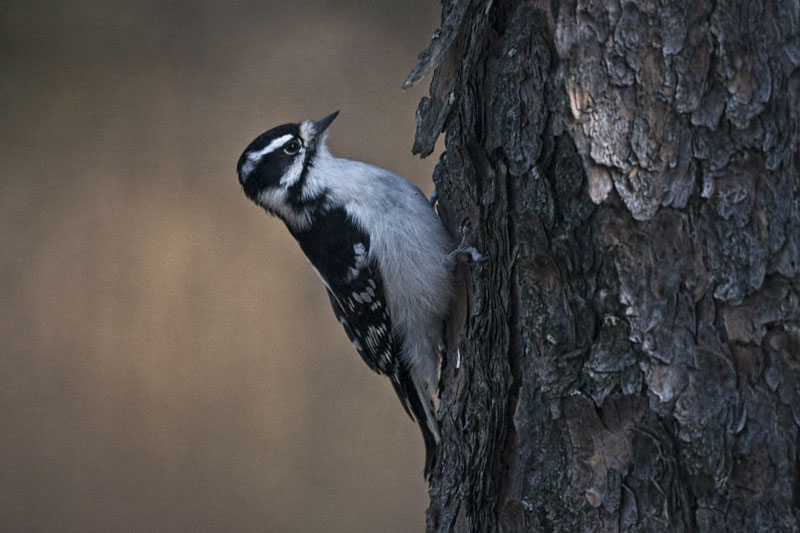


 Adult Trumpeter Swans Cygnus buccinator are large birds with white feathers and black legs and feet. The feathers of the head and the upper part of the neck often become stained orange as a result of feeding in areas rich in iron salts. The lack of colour anywhere on the swans’ bodies distinguishes them from other white species of waterfowl, such as snow geese, which have black wing tips.
Adult Trumpeter Swans Cygnus buccinator are large birds with white feathers and black legs and feet. The feathers of the head and the upper part of the neck often become stained orange as a result of feeding in areas rich in iron salts. The lack of colour anywhere on the swans’ bodies distinguishes them from other white species of waterfowl, such as snow geese, which have black wing tips.